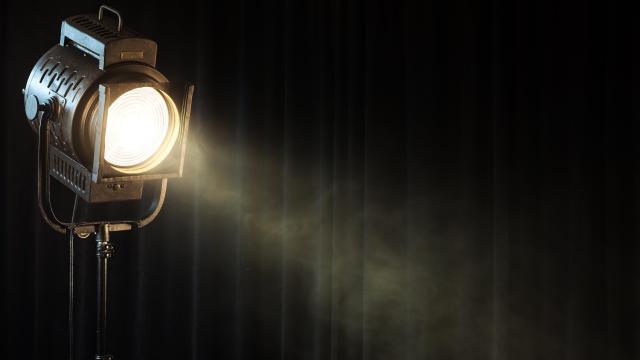As humans, when we don’t know how something is going to turn out, it’s normal for us to worry. Sometimes, that worry takes the form of a general concern that you think about with regularity while still being able to focus on other things.
Other times (and for people living with anxiety disorders), that worry is all-consuming — leaving you unable to focus on anything else, And we’re not talking about urgent life-and-death scenarios, but rather, situations that can be stressful, but don’t involve an immediate risk of danger.
To help his clients deal with this type of worry and anxiety, a clinical psychologist developed a method he calls the “spotlight technique” that can be useful when your thoughts are racing. Here’s what to know.
Why do we worry?
Worrying is the result of fearing the uncertain and unknown. And according to Sandra Llera, PhD, associate professor of psychology at Towson University, even though most people know that worrying about something will make them anxious and upset, we still can’t stop ourselves from going down that mental path.
Generally speaking, there are two reasons for this, Llera says. The first is to prepare ourselves emotionally for potential negative outcomes. The second is that it’s not uncommon for us to view worrying as a form of problem-solving, and a way of taking control over a situation, rather than making it worse.
How to use the ‘spotlight technique’
When we worry — thinking that we’re actively trying to solve our problem — what we’re really doing is attempting to answer questions about the unknown or uncertain, Michael Stein, Psy.D., a licensed clinical psychologist and the founder and owner of Anxiety Solutions, writes in a recent article for Psychology Today.
Unfortunately, that can become a vicious cycle, because these aren’t questions that can be answered with any certainty. And that’s why Stein encourages his clients to leave these questions unanswered, and focus their thoughts on something else — a method he calls the “spotlight technique.”
The spotlight technique is simple: Visualise yourself behind the controls of the spotlight in a dark theatre. The stage is your mind, and the spotlight is your attention, and ultimately, it’s up to you where to point it.
The stage is crowded with different questions, concerns, and thoughts — all things you’re worried about. But whatever you’re doing at that very moment is up there too: Finishing a work project, listening to a podcast during your commute home, doing dishes, etc.
According to Stein, when you notice that the spotlight is aimed at what he calls your “worry questions,” move the spotlight onto whatever you’re doing at that point in time, without attempting to answer any of those questions.
The idea isn’t to distract you from the fact that these questions exist (it’s not as though they can magically disappear), but rather, to ignore them.
“They’re still there, but they are in the dark in the background and you are not doing anything with them,” he writes in Psychology Today. “The spotlight of your attention is on what you are doing in the present moment; the anxious thoughts are getting ignored.”
Yes, this is difficult and takes practice, but ultimately, Stein says, it’s about giving yourself permission to move on — rather than remaining mentally stuck until you’ve answered all your worry questions.

Leave a Reply
You must be logged in to post a comment.